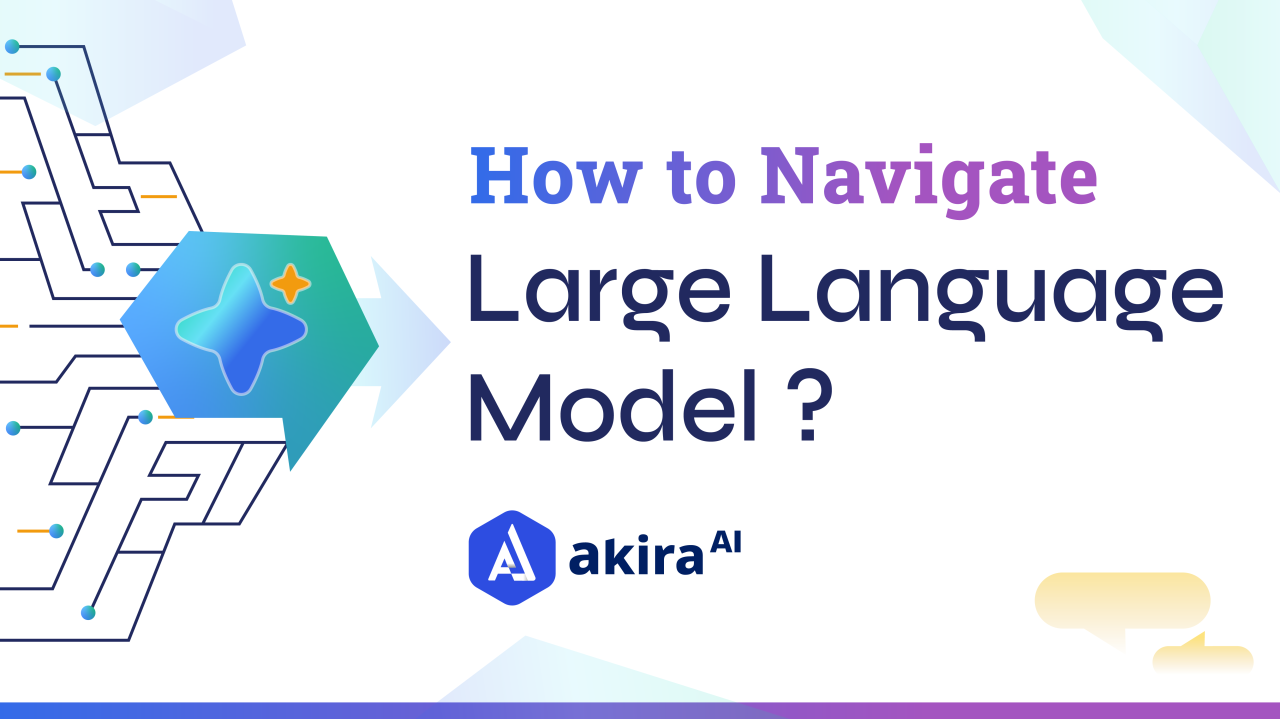Microsoft and Meta have recently unveiled Llama 2, the next-generation open-source large language model (LLM). With Llama 2’s extensive collection of pre-trained and fine-tuned LLMs, businesses now face a crucial question. As the LLM market gets more complex, companies have five options: commercial models, open-source models, fine-tuned models, custom models, or partnering with AI Providers/researchers.
In response to this growing complexity in the LLM market, this article aims to summarise the five primary options available to businesses, these are: -?
- Commercial Models: Commercial models such as ChatGPT, Google Bard, and Microsoft Bing represent a straightforward, efficient solution for Visionary Leaders and Entrepreneurs seeking to implement large language models. These models have already undergone extensive training on diverse datasets, offering text generation, language translation, and question-answering capabilities. Their key advantage lies in their immediate usability. With the right strategy, procedures, and processes, businesses can deploy these models rapidly, quickly harnessing their capabilities.?
- Open-Source Model: Open-source models are an affordable choice for businesses considering an LLM solution. These models, available for free, offer advanced language capabilities while minimizing costs. However, it’s important to note that open-source models may not provide the same level of control as proprietary options, especially for organizations requiring extensive customization. In some cases, they are trained on smaller datasets than commercial models. Open-source LLMs still provide versatility in text generation, translation, and question-answering tasks. The primary advantage of open-source models is their cost-effectiveness. Several open-source providers offer fine-tuning to align with specific business needs, offering a more tailored approach.?
- Fine Tuned Models: Fine-tuned models allow businesses to achieve optimal performance on specific business tasks. These models combine the strengths of commercial models by undergoing additional training using the organisation’s data. A company looking to improve its customer support chatbot may begin with a commercial model capable of understanding and generating natural language. They can fine-tune this model using their historical customer support chat logs to train it on specific customer queries, responses, and context.?
- Building Custom Models: Building a custom LLM from scratch provides businesses unparalleled control and customization but comes at a higher cost. This option is complex, requiring machine learning and natural language processing expertise. The advantage of a custom LLM is its tailor-made nature. It can be designed to meet your business’s unique needs, ensuring optimal performance and alignment with objectives. With a custom LLM, you control the model’s architecture, training data, and fine-tuning parameters. However, building a custom LLM is time-consuming and expensive. It requires a skilled team, hardware, extensive research, data collection and annotation, and rigorous testing. Ongoing maintenance and updates are also necessary to keep the model effective.?
- Hybrid Approach: Hybrid approaches combine the strengths of different strategies, providing a balanced solution. Businesses can achieve a customised and efficient language model strategy by utilising commercial models alongside fine-tuned or custom models. By employing a hybrid approach, businesses can achieve an adaptable and efficient strategy that provides a tailored solution while leveraging the knowledge in commercial models. This strategy offers a practical and effective way to address business-specific requirements within the context of established language models.?
Collaborating with an AI provider is a viable option for businesses implementing LLMs. These providers offer expertise and resources to build and deploy tailored language models. The advantage of partnering with an AI provider is gaining access to their expertise and support. They have deep machine learning and natural language processing knowledge, guiding businesses effectively. They offer insights, recommend models, and provide support throughout development and deployment. Consider that collaborating with an AI provider may involve additional costs. Evaluate the financial implications.?
In the rapidly evolving world of Generative AI, making the right choice requires understanding not just the available models but also how each aligns with your unique business goals. As you ponder these insights, consider this: in the complex landscape of generative AI, the biggest challenge often isn’t the technology itself, but identifying the right strategy to unlock its potential. And sometimes, the difference between confusion and clarity, or stagnation and progress, is simply the right guidance.?
